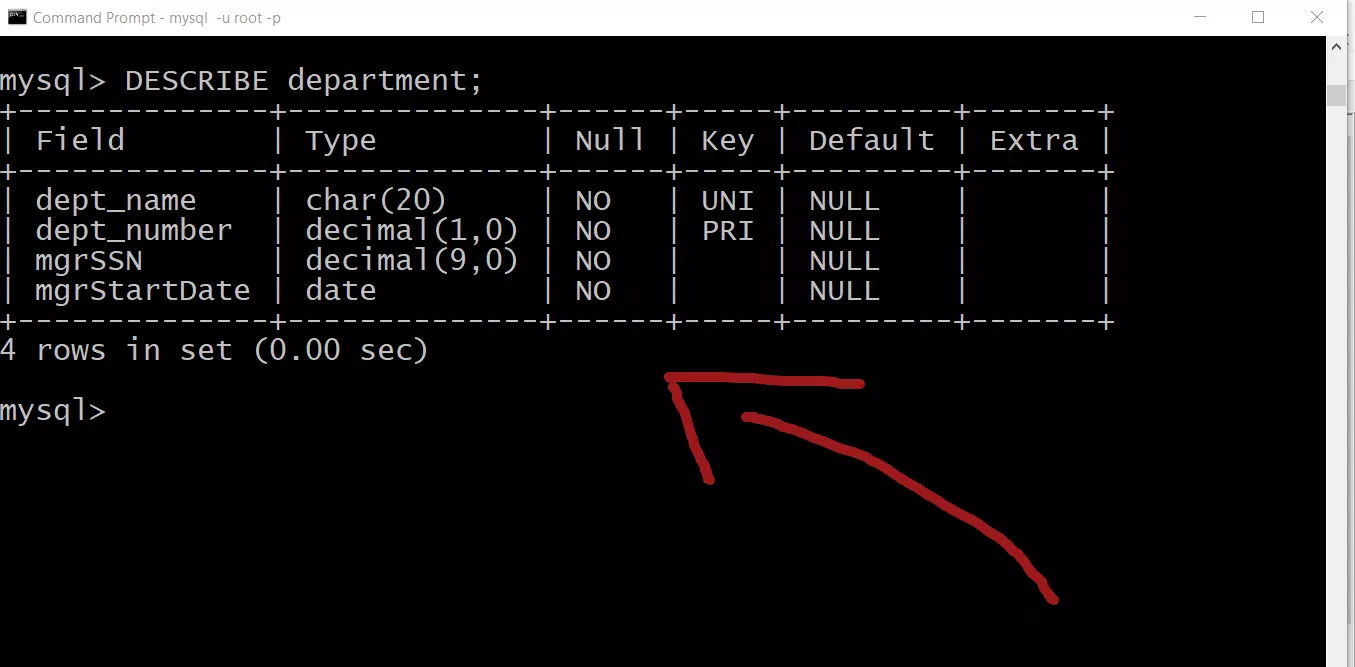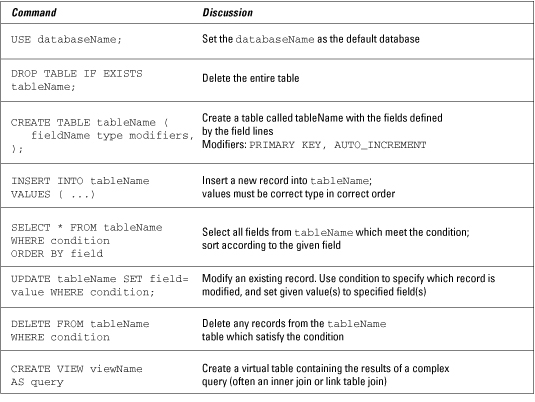

Some advantages of using this method over the direct method include: The PHP script analyses the data and sends just the relevant information to the ESP32 through a HTTP response.The PHP script collects information from the HTTP request, processes it, and then communicates with the MySQL database.This request is handled by a PHP script running on the web server.The ESP32 sends an HTTP request to the web server with the data included in the request.Lets understand how the indirect way works. In this method, the ESP32 first connects to a web server using HTTP protocol then connects to the MySQL server. Moreover, this method also increases the difficulty of the MySQL script as the server has to process raw data.The ESP32 board may run out of memory when processing MySQL response which generally consists of a large amount of data.This method takes a lot of ESP32 memory and CPU storage as the module has to send as well store MySQL queries to the server.Another security concern is that mostly MySQL libraries for ESP32 do not support SSL/TLS. Granting remote access to MySQL user account is dangerous in terms of security concerns.Optionally, the MySQL command line/shell could also be installed as a component when MySQL server installation is done.Although this method seemingly looks simpler but it has a lot of disadvantages.
#MYSQL COMMANDS INSTALL#
Q #1) How do I install MySQL from the command line?Īnswer: MySQL shell installers are available for different operating systems like Windows, OSx, Linux, etc. Once access is granted, the query will be executed and an output file named test.csv is generated with details of the SELECT query. #3) Now, in order to login to MySQL command line, with a given username and password, execute the command below: mysql -u Įxample: mysql -u root -p get_product_details.sql > test.csvįor the above, you will be prompted to enter the password. You can add this location to a PATH environment variable, by running the below command:

#MYSQL COMMANDS FOR MAC#
Similarly, for MAC and LINUX based users, the MySQL shell installation is available at /usr/local/mysql.You can choose to add the path of the binary to the PATH variable. For Windows, the installation happens inside the ‘ProgramFiles’ folder C:\Program Files\MySQL\MySQL Server 5.7\bin.Having the MySQL location available in the PATH environment variable helps to invoke the commands easily without navigating to the location of the binary/executable always. #2) If the MySQL shell path is added to the environment variable, you can execute the command directly, else you can first navigate to the directory where the MySQL shell is installed. #1) Open the shell/terminal in Mac/Linux (or command prompt in Windows) Once the MySQL shell is installed, follow the steps below to connect client against a given user login: Please refer to guides from MySQL’s official website for different OS versions:Ĭlick here for a guide on installing MySQL Shell on WindowsĬlick here for a guide on installing MySQL Shell on MacOSĬlick here for a guide on installing MySQL Shell on Linux Connecting To MySQL Client

dmg (for macOS) based systems & as an apt package for Linux. MySQL shell installations are available for Windows, Linux, and macOS operating systems.

We can choose MySQL shell to be installed during the installation of MySQL itself. If not, then we can choose to install the MySQL shell separately as well.


 0 kommentar(er)
0 kommentar(er)
